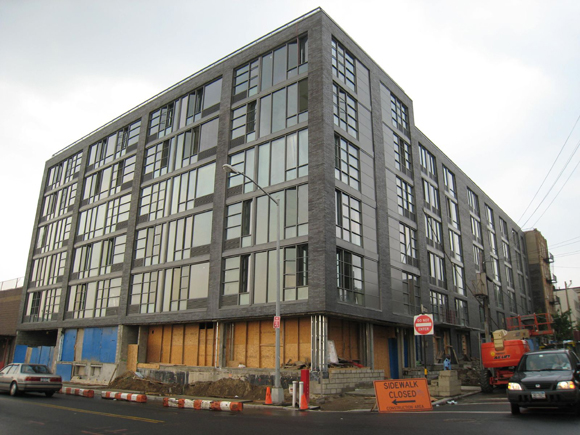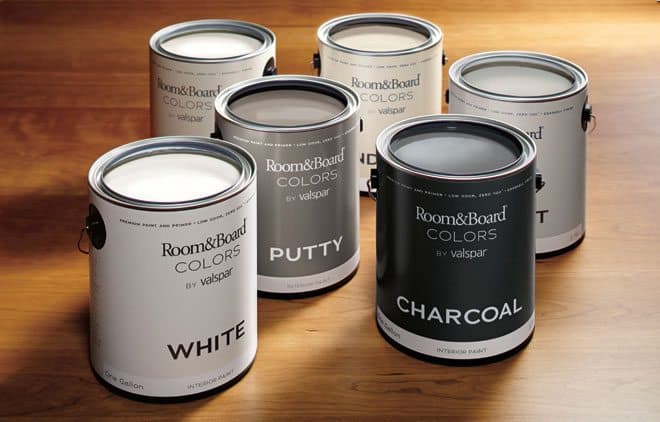Now that we know what gentrification is and the socio-economic factors that contribute to its occurrence, we’re going to delve into the main arguments surrounding it — the pros and the cons of the phenomenon as it relates to urban areas and the people who reside in them. Since this can be a pretty complex, multi-faceted beast, we’re just going to talk the pros for now.

At it’s most surface level, when an area is gentrified, a once-blighted urban community is repaired, reoccupied, and revitalized. This doesn’t go without hard work by dedicated people, and it isn’t an overnight process. It often takes several years for gentrification’s positive effects to become apparent to the naked eye, and even longer than that for the neighborhood or area to be considered a success.
Let’s touch upon the areas where gentrification can be seen in a positive light:
Safer Neighborhoods
In urban sociology, there’s a school of thought (the Chicago School, actually) that separates an industrial city into zones. At the center, or Zone 1, you have the economic heart, or the finanical district. This is where the main source of the city’s function comes from. In Zone 2, you have the housing immediately outside that area — places that once housed the workers of the local industry, but now mostly sit empty and have the strongest concentration of crime, poverty, and whatever else have you within it. Not surprisingly, this is where gentrification typically happens. So when people move in with the intent to turn a neighborhood around, they end up taking back part of the city that otherwise is pretty much an eyesore. That, in turn, helps the greater metropolitan area become safer, and will attract more people to not only the housing, but to the events and amenities that the downtown areas have to offer, thereby boosting the local economy and helping to stabilize the city as a whole.
Preservation of Local History
A way to begin to gentrify an area is to get it declared as a historical neighborhood by the local municipality. That way regulations can be set to prevent a secondary wave of urban decay, monitoring things such as litter, noise ordinances, general aesthetics, and even curfews. This gives residents the ability to maintain their reclaimed neighborhoods and ensures that every property and resident will be cared for and provided security in what would otherwise be an unstable and potentially dangerous area. And, it restores beautiful homes back to their original glory (or close to with modern modifications), helping to preserve some of the long-ago charm of small urban communities.
Commercial Re-Investment
Part of gentrification’s success is that it attracts new business, both local and national, to an area it would otherwise completely write off. With the opening of everything from eateries and boutiques to art galleries and community centers, residents and travelers alike will have access to more varied options with which to spend their money, contributing to the local economy and helping to provide jobs where there previously wasn’t any to be had. It can also cause a more localvore set of mind — where people purposefully seek out locally sourced, produced, or curated items that they’d usually purchase without much thought at a more anonymous retailer, which helps foster pride in your community and all the great things that come from it.
Creativity Takes Center Stage
Areas undergoing gentrification typically attract the young, creative class who appreciate diversity in all aspects of their lives. When you have a bunch of artists, teachers, performers, and all around creative-thinkers living and working all in one place, some pretty magical stuff is bound to happen. Creating safe areas for these cultural goldmines to flourish in a world where art and music programs are constantly being cut from schools is essential to the growth and stimulation of our society as a whole. It also means that residential areas will never look boring, but will always have a unique quality to them that just cannot be mass-produced.
Property Values Increase, As Do Social Values
Obviously bringing more commerce to an area in combination with beautiful residential properties will inevitably increase the cost of living in the area, and with that will come higher property values and property taxes. And while this is easily an area of contention, when more taxes are collected from an area, that’s more funding for social programs in the greater metro area as well. So while you may be living downtown in a gentrified area for a premium, you can know that by doing so you’re inadvertently helping out your whole community by contributing more to the local schools, libraries, and other social services.
Upcycling At Its Best
A great deal of people who are looking to gentrify an area (or just live in one post-gentrification) have very post-modern values. A central part of those values is being environmentally friendly in nearly every aspect of your life. So whether you retrofit an old home with more green technology or move into lofts that utilize solar panels, you’re still reusing an existing property instead of building a new one from the ground up. These areas are also very keen on alternate means of travel — such as public transit, bicycle, or foot, which helps to reduce pollution. And if you have a great deal of local eateries and things like farmer’s markets, then you’re helping out the earth by making sure your food doesn’t make a huge carbon footprint on it’s way to your plate.
While this isn’t an exhaustive list by any means, these are the most common points made in support of gentrification in most areas. Coming up next, we’ll dive into the arguments against gentrification, so get your thinking caps on and stay tuned. And in the meantime, feel free to leave any comments or thoughts you have on the subject of gentrification and if you’ve experienced it where you live.
Photo: http://www.flickr.com/photos/conbon/660377675/




No Comments